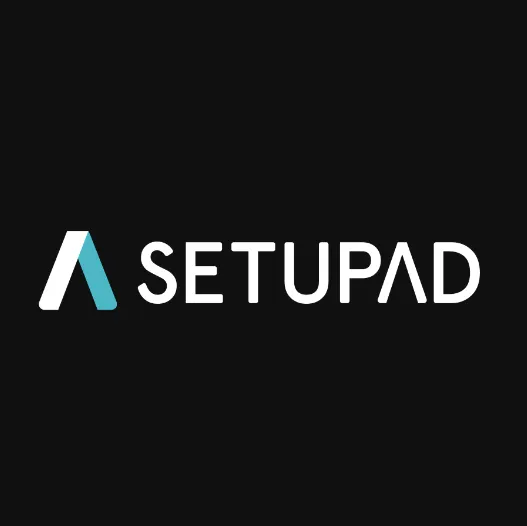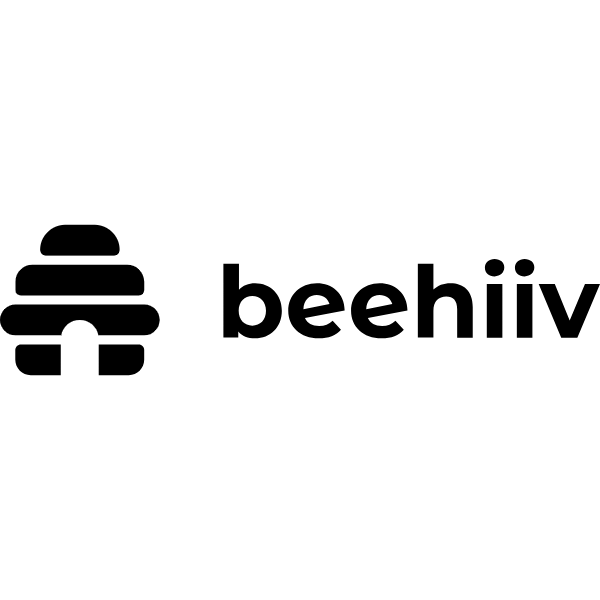The Best Contextual Ad Networks for Publishers
The global contextual advertising market was worth over $195 billion in 2023 and is on track to surpass 376 billion USD by 2027, growing at a solid 13.3% CAGR. With a future that is stricter on privacy regulations like GDPR and CCPA, there's a growing emphasis on user consent and data protection. That’s where contextual advertising comes in—it basically is a privacy-friendly way to serve relevant ads without collecting personal data. Instead of tracking users, contextual ad networks analyze a website’s actual content using machine learning and natural language processing to deliver ads that naturally align with what’s on the page. Think native ads—but smarter.
What sets contextual ad networks apart from traditional ones is that they don’t depend on user behavior or demographics. Instead, they zero in on content relevance. With tactics like semantic targeting, real-time search intent matching, and contextual commerce, publishers can serve ads that feel organic and still drive serious ROI. But before we jump into the best contextual ad networks for publishers, let's look at the major benefits of running contextual ads. 

Benefits of Contextual Ad Networks for Publishers
- Privacy-First by Design: With rising concerns around data privacy and tightening regulations (GDPR and CCPA), contextual ads give publishers a safe and compliant way to monetize. No cookies, no tracking—just smart targeting based on content.
- Seamless User Experience: Because contextual ads align with what readers are already engaging with, they feel less like interruptions and more like value-adds. This keeps bounce rates low and time-on-site high.
- Higher Engagement Rates: When ads match the context of the content, users are more likely to pay attention and click. Relevance drives results, and contextual targeting nails it without invading privacy.
- Better Brand Safety: Contextual networks scan your content to ensure that ads are a good fit, which minimizes the risk of off-brand or inappropriate placements. It’s a win-win for you and your audience.
- Diversified Revenue Streams: Contextual ads open up new monetization opportunities, especially for publishers wary of behavioral tracking. You’re not just relying on one type of ad strategy anymore.
- Resilience to Ad Blockers: Many contextual ad formats, especially native and in-feed placements, are less likely to be blocked by ad blockers. That means more impressions and potentially more revenue.
- Easy to Implement: Most contextual ad networks are plug-and-play. You don’t need a dev team or complex integrations. Just add the tag.
With the virtual world rapidly shifting toward privacy-first practices, contextual ads are the next thing. A future-ready solution for publishers which aligns with evolving regulations, enhances the user experience, and offers a more ethical way to serve relevant ads without compromising personal data. For publishers looking to boost engagement, protect user trust, and diversify their revenue without the hassle of complex integrations—contextual ads offer a powerful and sustainable path forward. Embracing contextual strategies isn’t just a good idea—it’s the next logical step.
How to Choose the Best Contextual Ad Networks for Publishers?
Choosing the right contextual ad network can make a big difference in how well you monetize your content, so it’s worth taking a thoughtful approach. Here are some key things to factor in:
- Ad Relevance: The whole point of contextual ads is to match your content with meaningful, relevant ads. Prioritize networks that use smart tech like machine learning and natural language processing to understand your content and serve ads that fit naturally.
- Global Demand Access: You can go for networks that offer broad, international demand, like Google AdSense—or those partnered with multiple DSPs and exchanges. More demand means more competition for your inventory, which often leads to better rates.
- Ad Quality: Low-quality, spammy-looking ads can kill user trust and engagement. Look for networks known to work with premium advertisers and serve clean, attractive creatives that match your site’s aesthetic.
- User Experience Matters: Ads should feel like a natural part of your site, not annoying popups or irrelevant clutter. Choose networks that specialize in non-intrusive formats that blend with your content and keep bounce rates low.
- Fair Revenue Share: Not all rev shares are created equal. Avoid networks taking more than 50%, and look for transparency around payment schedules and earnings breakdowns.
- Publisher Support: Whether it’s a dedicated account manager, helpful dashboards, or educational resources, strong publisher support can help you optimize faster and troubleshoot when needed.
- Ad Format Variety: More formats mean more flexibility. Aim for networks that offer a mix of display, native, and video ads, so you can test what performs best with your audience and content.
HilltopAds is a global advertising network that offers publishers various ad formats, including popunders, in-page ads, banners, and video ads. The platform provides advanced targeting options, such as geo-targeting, device targeting, and interest-based targeting, to ensure ads are contextually relevant to users.
Setupad is one of the best website monetization platforms to increase ad revenue for publishers. Enjoy superior client support and have access to top SSPs.
The contextual ad network, Media.net brings you the technology to better your monetization with contextual ads that help earn with exclusive access to search demand worth billions. It filters the user's intent using various relevant tests.
Google AdSense is a contextual advertising network that helps publishers monetize their websites with global fills. It offers one of the best CPC rates for niche blogs and websites. AdSense is the go-to advertising network for all entry-level publishers.
Skimlinks is a commerce content monetization platform. Their technology helps you automatically monetize product links in commerce-related content.
Coinis is a prominent contextual ad network with advanced contextual analysis designed to pair online content with relevant ad promotions. Their tailored ad placements enhance click-through rates, making them an effective content monetization platform for publishers. Rather focusing on user behavior, their technology analyzes your website, identifying listed keywords and relevant pages to refine targeting methods efficiently.
Video Intelligence by Outbrain is a contextual video platform that connects publishers, content creators and brands via video storytelling. They create coherent video moments on your desk, on-the-go, or on your TV. The platform effectively eradicates the issues of media consumption like distractions, irrelevance and poor user experience by bringing context to videos with AI and automation, and placing their ads with relevant content.
SitePlug offers commerce content that helps build strategic partnership between brands and publishers and create unique, personalised shopping experience. With SitePlug, publishers are able to discover new revenue streams and deliver highly contextual and non-disruptive ads.
Contextual Ads CPM Rates
The CPM rates of contextual ads like any other ad formats vary based on a number of factors like audience tiers, CTRs, audience type and more. Usually, contextual ads served through Google AdSense and Media.net will see CPMs in the range of $0.50 to $3. Whereas, those from Taboola, Outbrain, Revcontent will be in the range of $0.20 to $1.5. The video ads, if served contextually, will also experience CPMs in the range of $2 to $20. The highest being for the tier 1 countries and the lowest for the tier 3 countries.
The best contextual ad networks for publishers serve relevant, high-quality ads and provide a non-intrusive user experience. These are typically similar to native monetization platforms. They also offer competitive revenue share percentages and robust support and resources. So pick a partner that doesn’t just serve ads—but elevates your publishing game.
Contextual Ad Network FAQs
Our Editors’ Pick:
Browse these amazing publisher monetization tools handpicked by our team of editors











 (1).webp)


